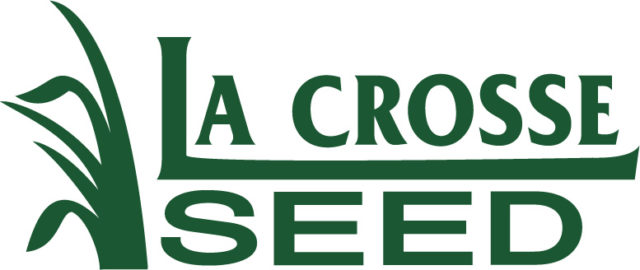All farmers benefit from planting newer, improved varieties that will return many times the seed cost in increased yield and stand life.
Results from several University trials are now available for viewing.
A new publication from the University of Wisconsin is available that summarizes the performance of forage varieties in Wisconsin. The performance data was collected from trials conducted at the University of Wisconsin, at UW Agricultural Research Stations and in farmer fields.
Click the link below to download a pdf of results:
2010 University of Wisconsin Forage Variety Update and Trial Results
More detailed and historic information is available on the UW forages website, where you can also select any two alfalfa varieties and see how they compared in any or all regions of the midwest (select "Compare Alfalfa Varieties").
The University of Minnesota conducted multiple trials throughout the state to compare how varieties performed in the wide range of soil types and climatic conditions in Minnesota. "This is hands-on production agriculture information that farmers can take to the field and use. Growers can use this data to make informed choices on which varieties will perform well in their fields," said Bev Durgan, Dean, University Minnesota Extension and Director, Minnesota Agricultural Experiment Station.
The complete results of the variety trials are available on the Minnesota Agricultural Experiment Station website: www.maes.umn.edu/11varietaltrials/
And, Ohio State University's 2010 Forage Performance Trial Results are also available to download at http://www.ag.ohio-state.edu/~perf/. The report summarizes data on commercial varieties of alfalfa, red clover, white clover and tall fescue in tests planted in 2008 to 2010 across three sites in Ohio. Data for other crops, including silage and soybeans is also available. FG








